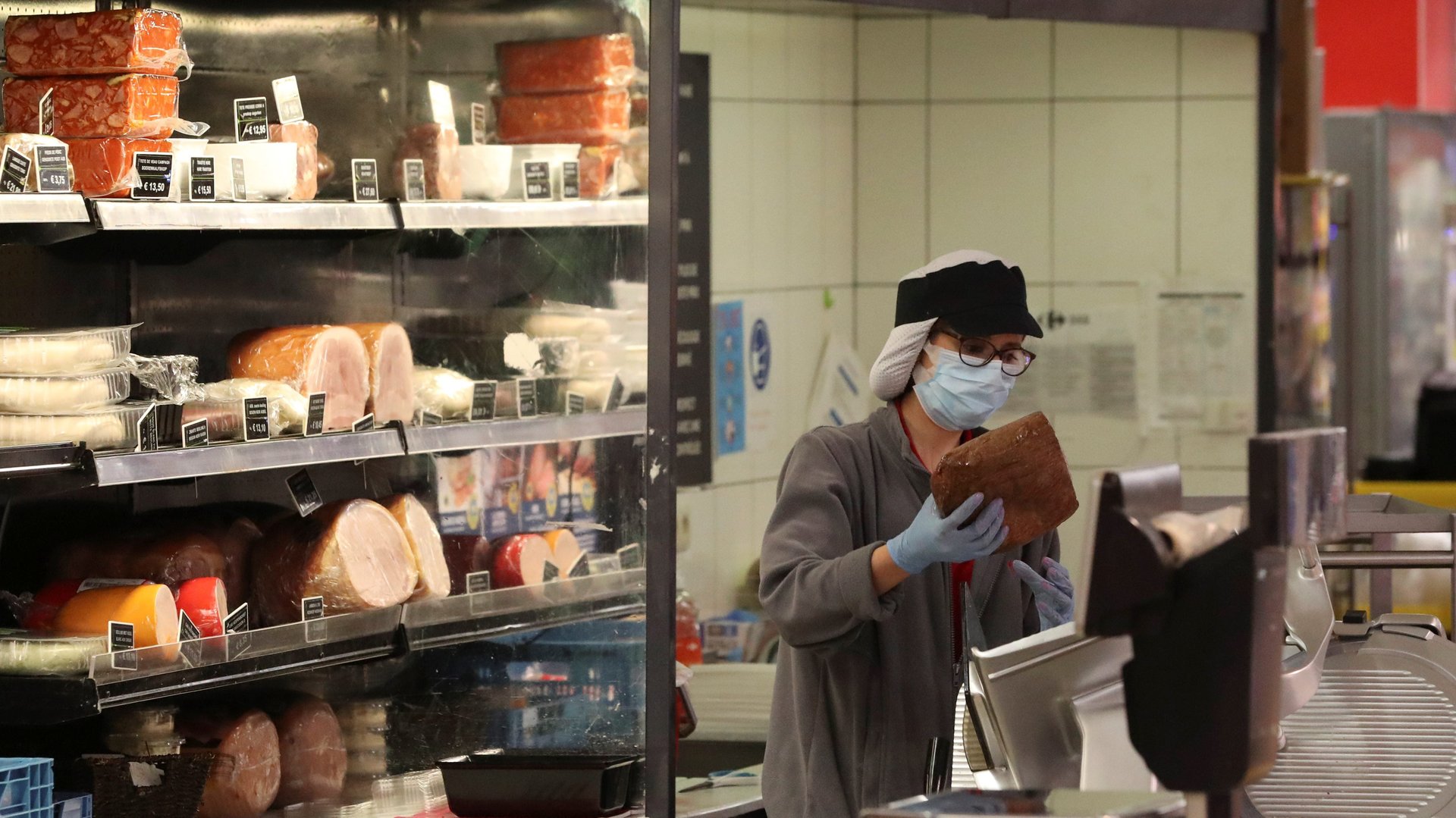Why the US unemployment rate is so much higher than Germany’s
US and German unemployment rates appear to be on different planets. Below the surface, however, economic data show the two countries are experiencing similar pain.


US and German unemployment rates appear to be on different planets. Below the surface, however, economic data show the two countries are experiencing similar pain.
The difference in the two countries’ unemployment rates stems from differing approaches to supporting companies and workers. As lockdowns to contain the coronavirus pandemic ripped through the global economy, nations like the US and Canada have mainly relied on beefed up unemployment benefits to cushion the fall. Under Germany’s Kurzarbeit, which translates to “short-time work,” financially distressed employers can drastically reduce worker hours, and the government will pay most of their lost wages. As a result of these divergent policies, the US’s official unemployment rate spiked from 3.5% in February to 14.7% in April, while Germany’s rose from 4.7% to 5.5% over the same period.
Government subsidies for short-time working programs, used in countries like Germany, Japan, Australia and the UK, are designed to preserve the relationship between workers and employers, hopefully speeding up the recovery when the economy gains steam again. This policy can be especially useful for firms at risk of losing highly skilled workers they’ve invested in.
By contrast, the US and Canadian approach relies more heavily on unemployment benefits, which could turn out to be a better policy if the pandemic causes longer lasting changes to the economy. If workers have lost jobs that aren’t coming back (for example, the preference for food delivery over eating out may prove long lasting and lead to a decline in server jobs), a German-style short-time working program could just delay the inevitable. It may make the labor market less flexible, meaning it will take longer for workers to fill roles suited for the new economy.
Hourly work data shows the pandemic has roiled the global labor market, regardless of the type of safety net. The number of hours worked in the US fell 17% in the US in April from two months earlier, according to a research note by Goldman Sachs economists Jan Hatzius and Daan Struyven. That compares with a 23% plunge in Germany and a 28% drop in Canada.
While their policies are designed differently, Goldman’s economists found that the amount of government support for labor markets was roughly similar across these economies. Temporary enhancements to Canadian and US unemployment insurance has turned those systems “into some of the most generous” in the world, and wage subsidies in Japan and Germany were also boosted.
The investment bank expects that government support in developed economies will keep household disposable income at about the same level it was before the crisis, despite the deepening malaise. But Hatzius and Struyven also think North American employment will take longer to bounce back than in some European countries. They forecast the unemployment rate in the US will be around 12% at the end of the year, compared with less than 4% for Germany.
As the recession subsides, economists will start to find clues as to which government policies, if any, have best shielded a country’s businesses and workers. For now, the suffering is widespread.